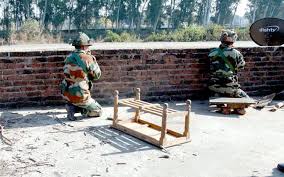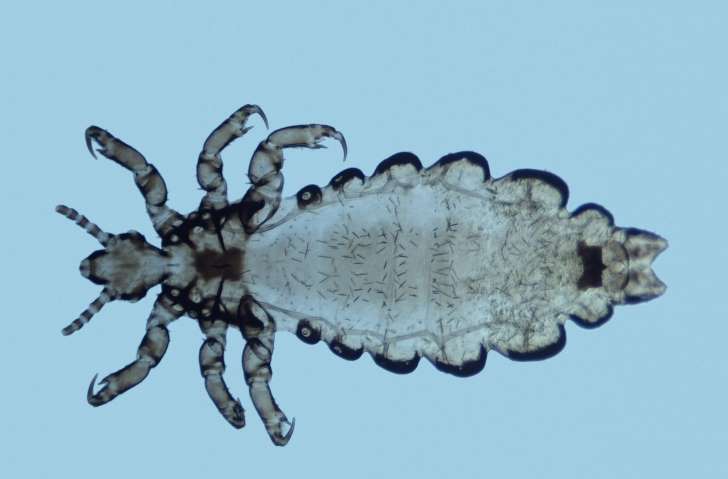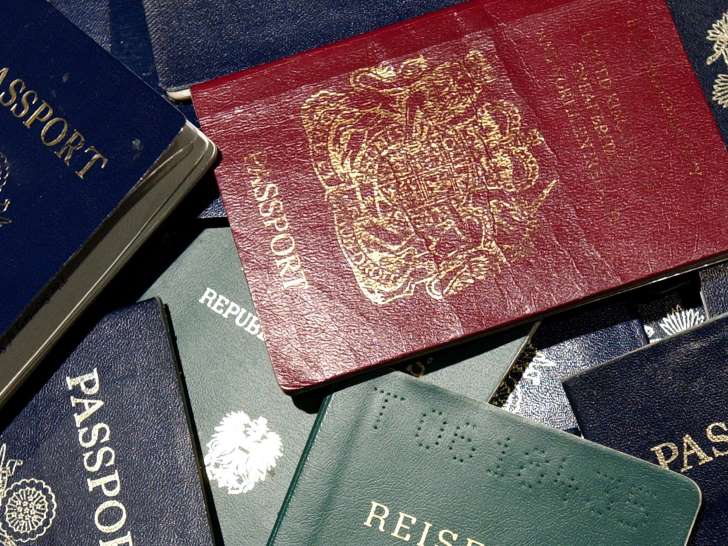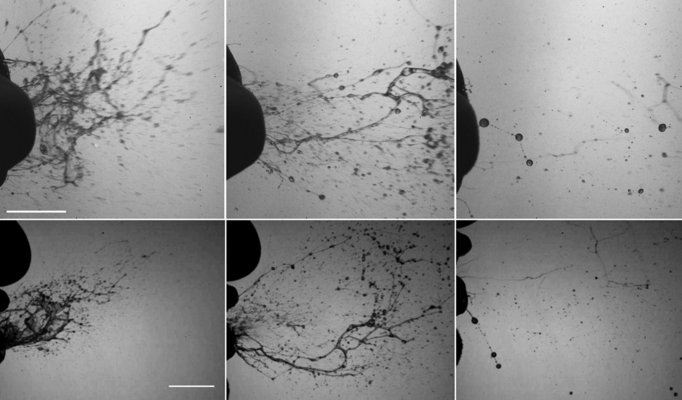
Five days after they attacked the Pathankot airbase, the bodies of four Pakistani terrorists are yet to be removed from a cordoned-off area behind the Defence Security Corps (DSC) lines on Wednesday.
The combing and sanitisation operation at the Indian Air Force base was still on when about 20 journalists were taken to the encounter site in a school van for a 40-minute tour. Reporters were not allowed to carry their cameras or mobile phones for security reasons.
Hundreds of commandos kept a close watch at the base as their colleagues in the National Security Guard colleagues, army and air force conducted the operation to clear it of explosives.
The basketball court, near the entrance of the base, was where the commandos assembled and launched the counter-attack.
About a kilometre from the main entrance of the airbase, a burnt truck stood testimony to the first contact between the air force’s Garuda commandos, including Gursewak Singh, and the terrorists at the military engineering services’ (MES) mechanical transport repair (MTR) unit. Singh was killed in the attack.
A bomb disposal squad was seen sanitising the area with other air force trucks parked nearby.
The DSC residential lines is barely 120 metres ahead. The bodies of the four terrorists in army fatigues were lying in the jungle behind the DSC lines cordoned off by white ribbons. A forensic team and National Investigation Agency members worked in the vicinity.
About 120 metres to the right is the double-storeyed residential building in which the last two terrorists, who stretched the attack, were holed up before it was blown up on Monday. The blackened building with bullet and mortar shell marks and a caved-in roof is an evidence of the fierce encounter between the armed forces and the terrorists.
Tank tracks were visible on the road leading to the building where the final assault took place on Monday evening.
As soldiers kept a close watch from the airbase boundary wall behind the building, helicopters made regular sorties overhead.


 South Asian News E-Paper
South Asian News E-Paper Punjabi News E-Paper
Punjabi News E-Paper

















